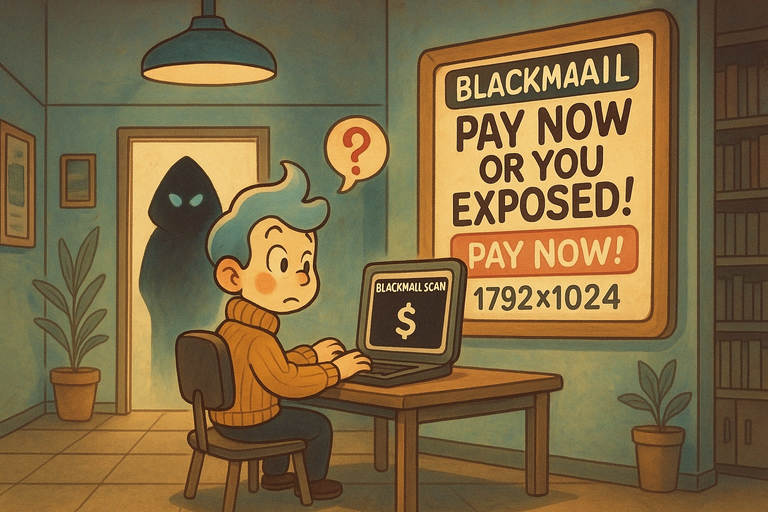← Back to all scams

Blackmail Scam
Spotting and Responding to Blackmail Attempts
Blackmail scams involve fraudsters threatening to release sensitive or embarrassing information about you unless you pay them a ransom. These scams often play on fear and shame, even when the alleged information is fabricated or exaggerated.

Things to Be Careful About:
- Generic Threats: Scammers often use vague, non-specific claims to intimidate their targets.
- Demands for Cryptocurrency: Payments requested in untraceable methods, like Bitcoin, are common in blackmail scams.
- Unsolicited Messages: Scammers frequently send threatening emails or messages with no prior interaction.
- Lack of Proof: Fraudsters rarely provide concrete evidence to substantiate their claims.
- Pressure Tactics: Blackmailers may set artificial deadlines to force quick payments.
Actions You Can Take:
- Do Not Pay: Paying a blackmailer rarely resolves the issue and may encourage further demands.
- Report the Scam: Inform local authorities or cybercrime units about the blackmail attempt.
- Secure Your Accounts: Update passwords and enable two-factor authentication on all important accounts.
- Ignore Threats: If the claims are fabricated, avoid engaging with the scammer.
- Seek Support: Reach out to trusted friends, family, or legal professionals for assistance.
Blackmail scams thrive on fear and intimidation, but understanding their tactics can help you stay calm and take appropriate steps. By refusing to engage and reporting the scam, you can protect yourself and help prevent others from being targeted.
